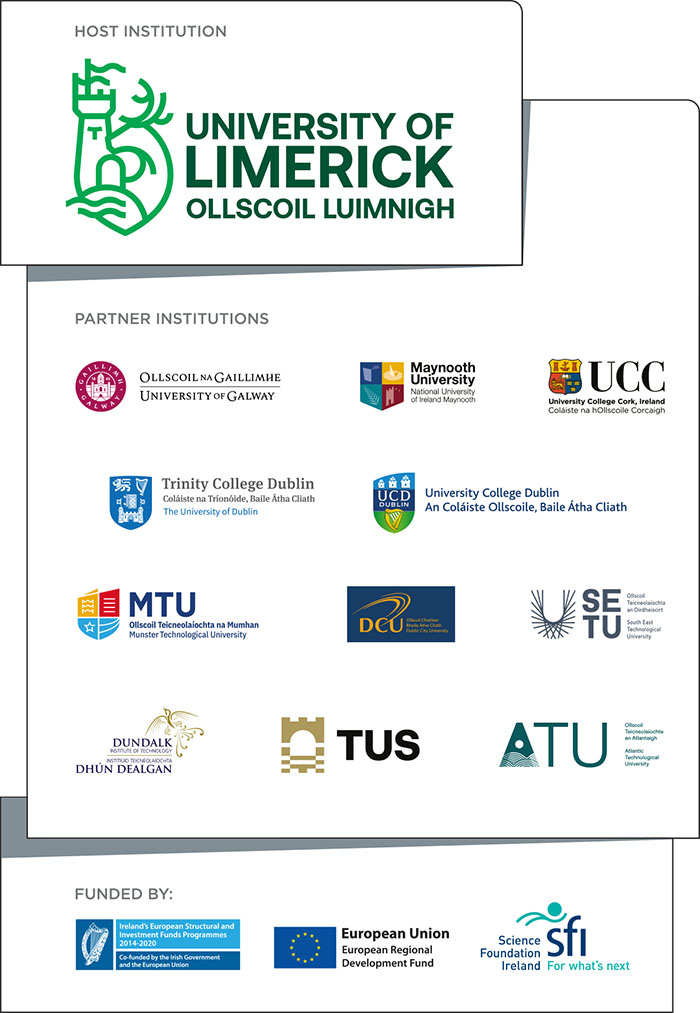Autonomous driving: difficult journey or road to ruin?
You are here
The automation of vehicles is intended to create more safety, but it can also make motor insurance more expensive. In this article, automotive expert Florian David-Spickermann presents five reasons why intelligent driver assistance systems could increase future motor premiums.
Published on Scor.com on Tuesday, July 30, 2019.
Autonomous vehicles must be able to perform complex driving tasks. Experts predict that this development will have a positive effect on the probability of a loss occurring, as the probability of an accident is expected to be reduced. However, negative effects on the future severity of losses are also to be expected. Especially in the initial phase, this trend could lead to more expensive motor insurance for automated vehicles than for conventional vehicles.
The technological progress of connected and automated vehicles is progressing rapidly. According to the media, fully automated (or autonomous) vehicles will be with us in the near future.
Until these autonomous vehicles are available to the public, however, the vehicles currently known to us develop in several stages, called automation levels. According to SAE International, an association of automotive engineers, this technological progress is divided into a total of six automation levels. Level 0 represents conventional vehicles that include no automation at all, while Level 5 represents the fully automated or autonomous vehicles mentioned above.
Each automation level contains more complex systems
Up to and including automation level 2, the vehicles support the human driver with the help of intelligent driving and assistance systems. The first such Level 2 automated systems were introduced in Germany in 2011, and currently represent around 8% of the German passenger car portfolio.
Starting with automation level 3, the automated vehicle takes over all driver-specific tasks in certain predefined scenarios. The first system according to Level 3 classification was presented by Audi in 2017, but is not yet significantly present in the German automotive market.
As this development illustrates, more complex and efficient systems are integrated into the vehicle at each automation level, thereby reducing the expected accident risk. This is because the driver is increasingly relegated to the background, while the driving task is taken over by the onboard systems.
Influence on future motor premiums
The above-mentioned development is particularly critical for motor insurers. The expected reduction of loss frequency would have a major impact on future motor premiums. Other parties such as insurance sales representatives, whose commissions depend on the vehicle premium, are also affected by this development.
However, the extent to which the probability of loss can actually be influenced in the respective automation levels is uncertain, as this depends on the systems used and their performance and capabilities. Unfortunately, there is no data available yet to analyze this influence. However, there are already trends that could increase the expected severity of future losses. These are briefly outlined below. They do not represent a call for a price increase, but rather are intended to provide food for thought regarding the new claims environment.
First: Increased repair costs
Back in 2016, the US insurer Liberty Mutual published a study comparing the repair costs of a Level-1 and Level-2 automated vehicle. The study was based on a slight collision between an entry-level luxury sedan and another vehicle.
The surprising result was that repair costs increased by 92.3%. The identified reasons were firstly the higher quality of damaged parts and additional components, which were not available in the previous model (such as sensors and LED lamps), and secondly, the fact that highly trained specialists had to be used to carry out the repairs.
This trend was also confirmed by the insurer AXA UK, which compared the cost of repairing windshields. Again, the result was that the cost for a more automated vehicle increased significantly. However, this study also revealed new claims positions that cannot be found in conventional vehicles - the cost of sensor recalibration for example, which was charged at a flat rate of £160.
Second: New hazards
In order for automated vehicles to function optimally, they must be able to communicate with the environment, for example via mobile networks. This is already the case for automation level 2. However, this interconnectivity can also enable external parties such as hackers to access the vehicle and even take control of it remotely.
This has already been proven in various experiments - but fortunately under controlled conditions, so that no damage has occurred. Nevertheless, these cyber risks represent a significant risk factor that can cause new types of accidents. These new hazards and their claims potential must be taken into account in the pricing of automated vehicles.
Third: New causative parties
Over 90% of all accidents result from human error, while the remaining ten% are due to the driving environment (e.g. frost, fog, etc.) and the vehicle itself (e.g. brake failure).
However, in the case of automated vehicles from level 2 upwards, new parties can cause an accident, as new participants such as software programmers, internet providers and GPS data providers are involved in the production and usage of these vehicles.
Negligent behavior by one of these new parties could lead to new sources of error, resulting in new claims scenarios. Some of these scenarios have already occurred - for example in the Uber crash of March 2018, in which a pedestrian was hit by a vehicle due to a software error.
Fourth: Higher administrative costs
As shown in point three, new causative parties could cause an accident. Although this may be attributed to a defective product or negligent behavior, the owner of the vehicle is liable in such a scenario if the domestic law stipulates the strict liability of the owner. Thus, the motor insurer must compensate the injured party in the first instance and, provided the conditions are met, can take recourse against the party causing the damage.
However, specific technical know-how is required to assess the onboard black boxes and complete the recourse claim. This also requires additional legal expertise. Therefore, the primary motor insurer would need more personnel to overcome this lack of knowledge, which could in turn be reflected in the increased administrative surcharge in the motor vehicle premium.
Fifth: Higher indemnity limits
In accordance with the eighth amendment of the German Road Traffic Act of June 2017, which governs automated vehicles up to and including Level 4, the compensation limits are doubled if the vehicle causing the accident was in automated mode at the time of the accident.
The maximum indemnity limits will be increased from EUR 5 million to EUR 10 million for bodily injury claims, and from EUR 1 million to EUR 2 million for property damage. According to this stipulation, the motor insurer provides more capacity per loss event, which could also increase the required motor vehicle premium.
Conclusion
The transition from conventional to autonomous vehicles is made with various driving and assistance systems that perform increasingly complex driving tasks. However, as well as an assumed positive impact on the probability of loss occurrence, these safety systems may also have negative effects on the expected severity of losses.
This could lead to motor insurance for automated vehicles being more expensive than for conventional vehicles, especially in the initial phase, if the expected loss amount exceeds the expected reduced loss frequency. Hence, Hence, the insurance industry (and not just in Germany) should ask itself at an early stage how it intends to deal with automated driving, in order to strategically position itself correctly and in a timely manner.
Author

Florian David-Spickermann
The author is a trained insurance sales representative, currently a PhD student and a member of the Emerging Risk Group (ERG) of the University of Limerick, Ireland and Lero, the Irish Software Research Centre. Together with SCOR Reinsurance Germany, a Branch of SCOR SE, he is currently conducting research into automated vehicles and their implications for the risk-value chain. As part of this research, he is analyzing the topic "Tariffs for semi-autonomous and autonomous vehicles".




